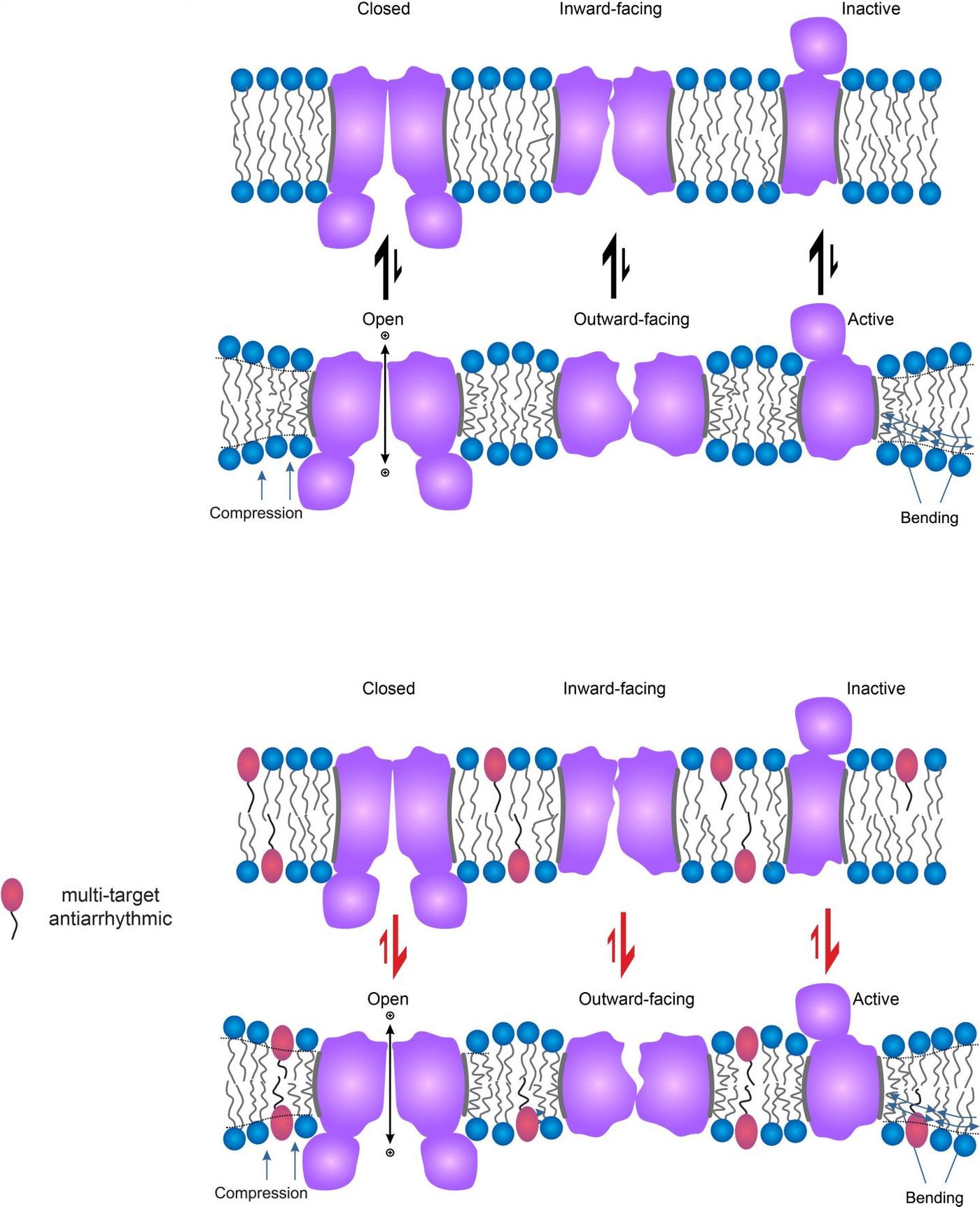Doctors often prescribe antiarrhythmic drugs for patients experiencing atrial fibrillation (AF). While these drugs do work to restore regular rhythm to the heartbeat, scientists and doctors are worried about dangerous side effects after certain antiarrhythmic drugs were associated with stroke, chest pain, and heart failure.
Atrial fibrillation describes a heart condition where the left and right atria contact irregularly and at a higher pace than it is healthy for proper blood flow (
NIH). People with AF do not always feel symptoms, which makes this condition particularly dangerous for heart health.
In a new study from the Weill Cornell Medical College (WCMC), researchers looked at multi-target and single-target antiarrhythmic drugs and any potential side effects that might occur when AF patients receive a prescription for either.
Multi-target drugs are more commonly prescribed for AF, and they are known to be the most "efficacious." Multi-target drugs, like amiodarone, work by changing properties of the cell membrane such as elasticity, curvature, and thickness. Improving these qualities could help treat AF patients by allowing blood flow to circulate at a regular pace. However, there is a delicate balance required for returning the heart bea back to its normal healthy tempo. Multiple membrane-embedded proteins are involved in the complex process of "generating and propagating the electrical impulse that controls the heartbeat."
In their study, presented at the
60th Annual Meeting of the Biophysical Society on February 28, WCMC scientists looked at the mechanism amiodarone uses to fulfill its role as an antiarrhythmia drug as well as other mechanisms it prompts that do not necessarily support human health.
To treat AF, amiodarone "prolongs repolarization," an action that suppresses arrythmia and returns the heart to healthy contraction. However, amiodarone also alters proteins, the scientists found.
To test for the membrane-altering properties of amiodarone, the researchers used a simplified lipid bilayer with gramicidin protein channels embedded in it as a model cell membrane. They found that amiodarone increases elasticity of the bilayer which affects embedded proteins. The direct link between amiodarone-caused protein alteration and risk of stroke, chest pain, and heart failure has yet to be determined.
In addition, the effects they saw in their model system were in range of therapy amounts of multi-target drugs considered to be therapeutic for AF patients but not in range for single-target drug therapy amounts.
While direct links have yet to be identified, Radda Rusinova, PhD, and one of the researchers from the study, maintains that the relationship between antiarrythmia drugs and negative side effects as it is currently understood is "not trivial and has to be carefully examined."
Source:
Biophysical Society









